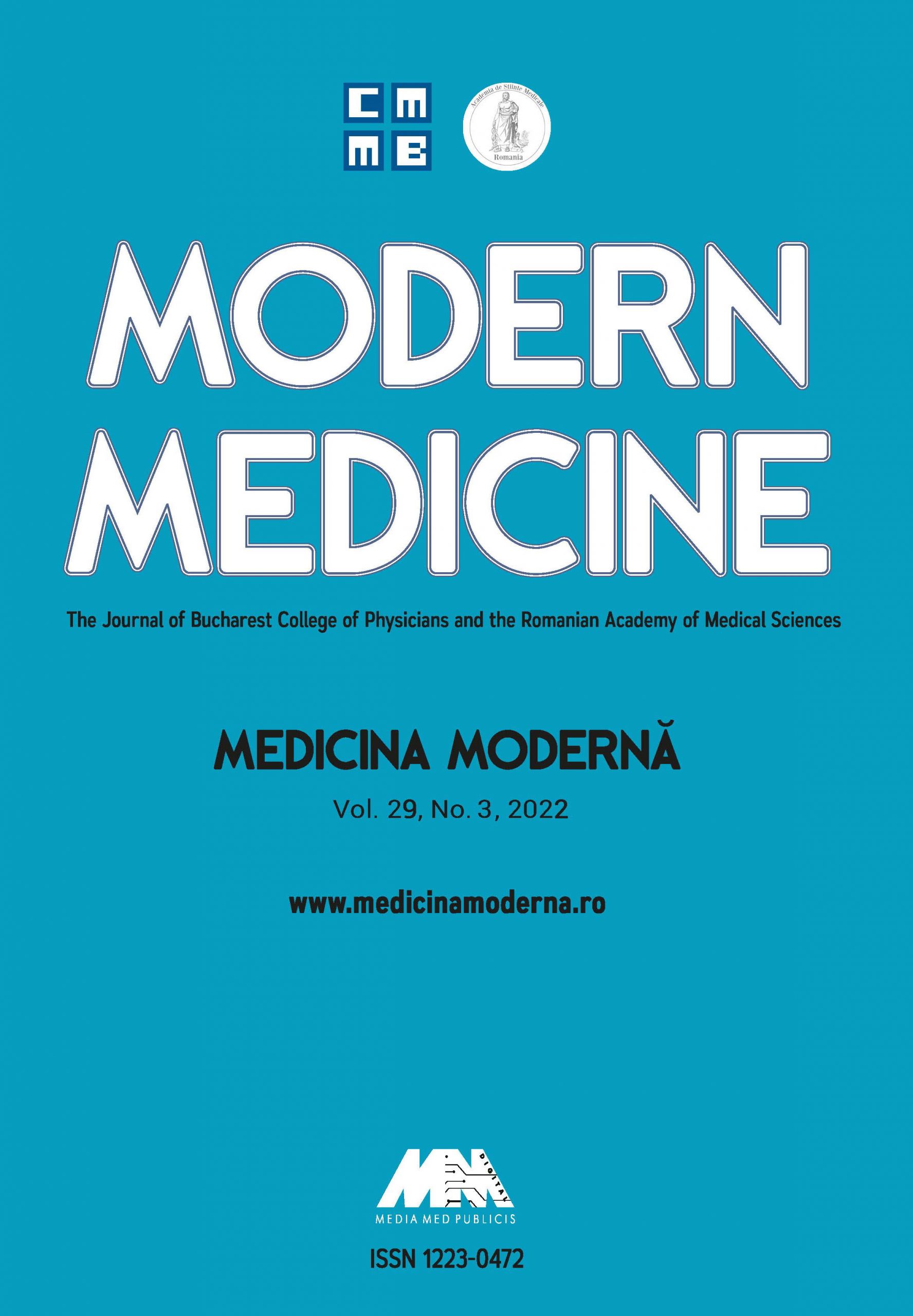Introduction: The ethmoid air sinus can subdivide into several air cells, which are separated from each other by thin, incomplete bony septa resulting in the formation of three groups of air cells (anterior, middle, and posterior cells). Methods: A randomized sample of 360 human individuals, including 110 cadavers with another 250 CT scan cases, was achieved from February 2020 to November 2021. Results: The agger nasi was the most common type of cell demonstrated by 81.8% in cadaveric cases and 94% in CT cases. The frontal bulla cell presents just above the ethmoidal bulla and may produce convexity on the frontal sinus floor. Its prevalence was 10.9% in cadaveric cases and 22.8% in CT cases. The suprabullar cell is on top of bulla ethmoidalis and represents 7.3% of cadaveric cases and 14.8% of CT cases. Concha bullosa presents as a comprehensive pneumatization in the middle turbinate. Its prevalence was 34.5% in cadaveric cases and 44% in CT cases. The Haller cell reveals as a pneumatized air-filled cell shown at the lower medial side of the orbit. It was in 29% of cadaveric cases and 42% of CT cases. In addition, the sphenoethmoid (Onodi) cell is a posterior ethmoidal cell with a prevalence of 41.8% in cadaveric and 64% in CT cases. Conclusion: This study described the morphologic anatomy of each ethmoid sinus and compared its dimensions by gross anatomy with CT scanning in different age groups. This yields clues to understanding the variations in human races and ethnic groups.





